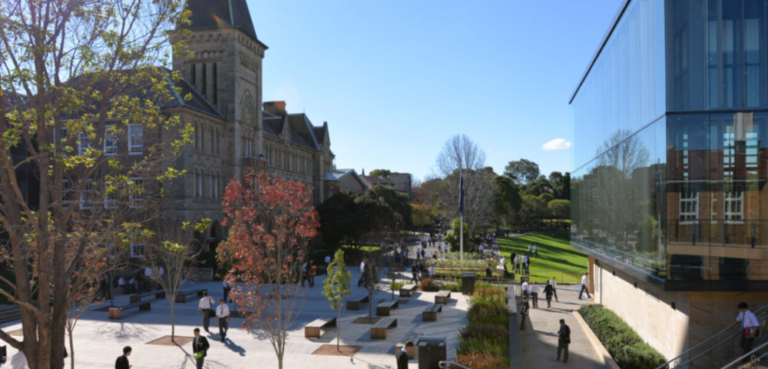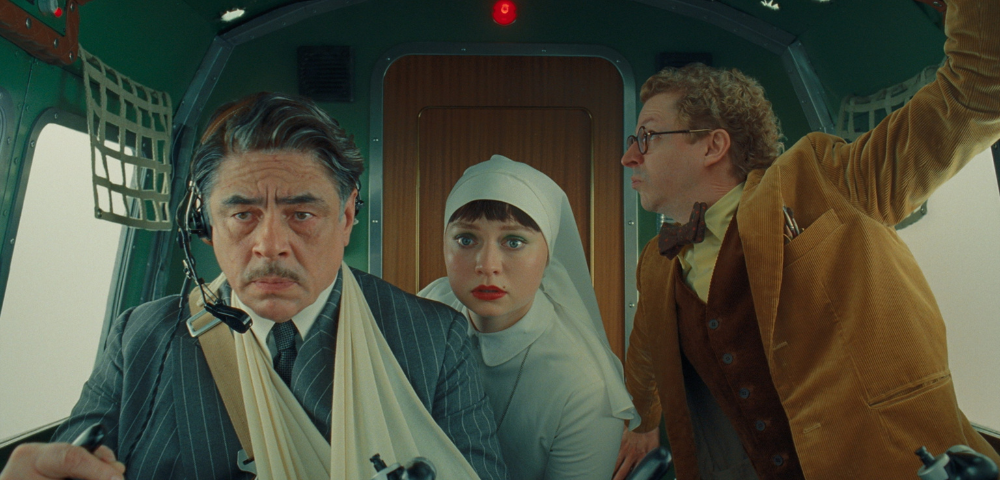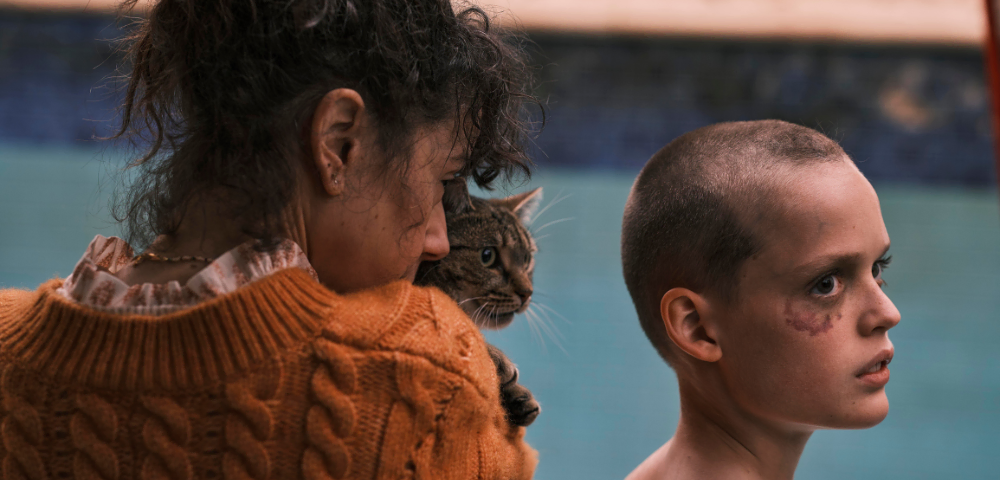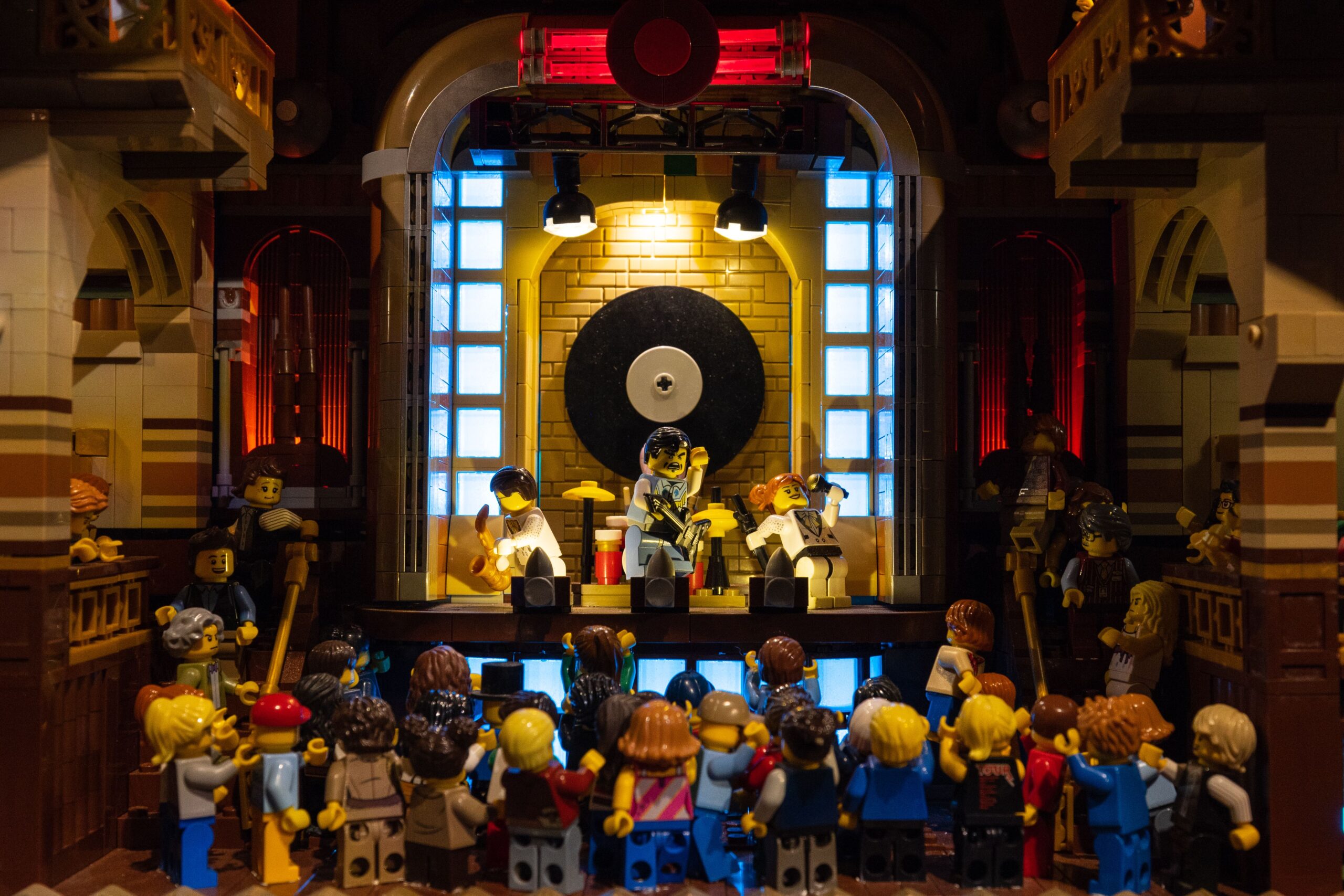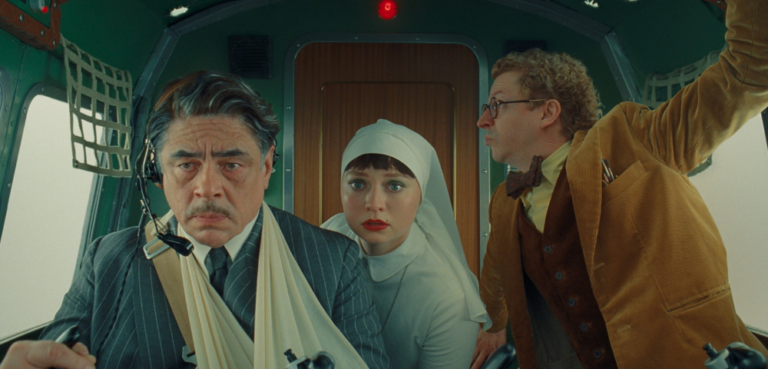
THE NAKED CITY: THE MAGICAL MYSTERY TOUR – SYDNEY 2000

It’s the 20th anniversary of the Sydney Olympics and we have all been encouraged to reflect on this historic event with pride and admiration – not only for the sporting achievements but for the way our city welcomed thousands of visitors from overseas. There are lots of feel good stories like the success of athlete Cathy Freeman, but one question remains unanswered – just what happened to Sydney’s homeless during September 2000?
During that period I lived on Bridge Street in the CBD and was more than familiar with the homeless people who frequented the area and bedded down in parks and the doorways of large office buildings. There was an alley behind my building where one particular homeless guy had been living for over two years, complete with a mattress and crude cardboard shelter. Whilst he kept very much to himself, a number of residents in my building regularly gave him food and blankets during winter.
Just prior to the start of the Olympics I looked out my rear window and he was gone, along with his makeshift shelter. I had no idea as to where he had disappeared but a few weeks later when the Olympics had finished, he miraculously returned. I took him some sandwiches and welcomed him back and asked him where he had been? He wasn’t talkative at the best of times but completely clammed up at the question and turned his head away, as if sworn to some vow of silence.
It’s no secret now that the NSW Government with the support of the Sydney City Council drew up a plan prior to the Olympics to get the homeless off the streets, especially in the tourist areas like Circular Quay. Newly appointed Council rangers were given sweeping powers to move homeless people on and as the Sun-Herald reported, were able to use “reasonable force against any person deemed a nuisance or annoyance.”
Moving the homeless on was one thing, removing them forcibly from the CBD and relocating them elsewhere was another scenario altogether. Bob Carr, the premier at the time, denied that any homeless person would be bussed from the city against their will – unlike four years ago in Atlanta, where weeks before their Olympics, homeless people were rounded up and bussed some 300km away.
It’s pretty clear that a large number of homeless people here were corralled onto buses and given an enforced holiday well out of Sydney, with Newcastle and Wollongong even suggested as relocation sites. It’s also hard to find any anecdotal evidence and the exodus seems to have been largely ignored by the mainstream media. Whatever happened was certainly executed in a clandestine fashion and one can only speculate on a bus load of homeless men and women secretly slipping out of Sydney just after midnight bound for some godforsaken motel, 100km out of town.
Three weeks in a warm bed with all meals, in a country motel may not have been such a bad thing if you had previously been sleeping rough. However, when the Olympic rings were packed away and the tourists all gone, the Greyhound was waiting to take you back to Sydney and dump you again on the less than welcoming streets. In the Olympic aftermath, which soon morphed into a kind of economic and cultural hangover, the plight of the homeless was relegated to one of the lowest priorities.
Sadly, many of those homeless people who were ‘transported’ in 2000 are no longer with us. Many were in their late 50s and 60s at the time and not in the best of health. The true story of what actually happened may never be told, unless some of the politicians and bureaucrats involved come forward and spill the beans. Of course – amidst the current 20th anniversary of Olympic nostalgia, albeit in the middle of a pandemic, nobody wants to party poop by asking “what happened to the homeless?”



